Excavations in Bydgoszcz, North-central Poland, in the area of former castle moats brought to light numerous finds, including wooden structures, remains of buildings and an overwhelming amount of artefacts from between 14th-19th centuries.
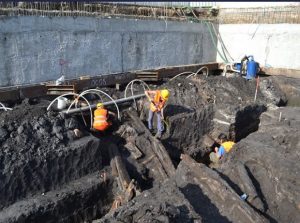
The excavation site is located in the East part of the old town of Bydgoszcz. The works are being conducted prior to construction of the city’s first A-class office building at the Plac Kościeleckich area. The excavations are conducted in the vicinity of the Early Medieval fortified settlement which later turned into Medieval castle in Bydgoszcz. This location lead to numerous discoveries connected with the daily life in Medieval city on the course of nearly 3 months of excavations so far.


Archaeologists excavate at an area of 22 ares to the depth of about 6 metre below the present street level. The matter filling the area was mainly manure, which well preserves organic matter, including bones (over 600 fragments found) and wood. Such discoveries include objects made of leather, such as shoes or belts, and made of antler, as well as other materials such as amber.


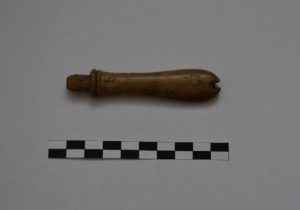
Archaeologists managed to find the fill of former castle moat with stone and wooden relics of its walls, and a wooden palisade strengthening the western wall. Wooden pillars of a bridge leading to the castle island were also found. Other discoveries include wooden hydro-technical utilities and remains of palisades and wooden utility buildings. Dendrochronological test are scheduled for the unearthed remains.
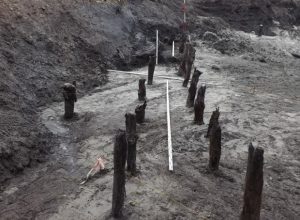
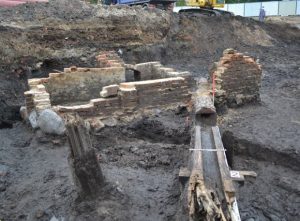
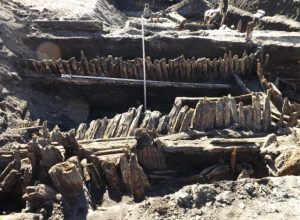
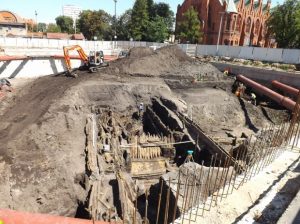
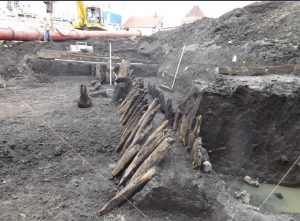
Other artefacts include 3663 shards of pottery, dated to between 14th-15th century and between 17th-19th century. The older ones are primitive vessels made of bands of clay, while the younger ones are made of porcelain burnt in high temperatures. Many of them were created at well-known German manufactures. Numerous clay pipes, porcelain figurines and shards of glass vessels were also found. Among the discoveries is also a bowl made of a gold plate, an iron axe-head, a bolt for a crossbow and a Medieval cannonball.
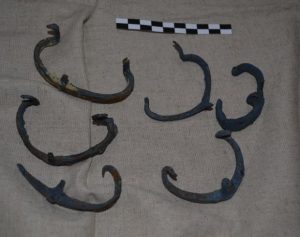
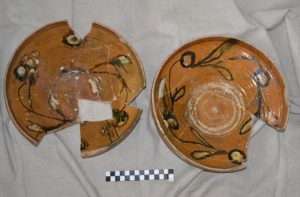
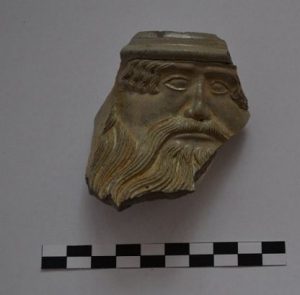

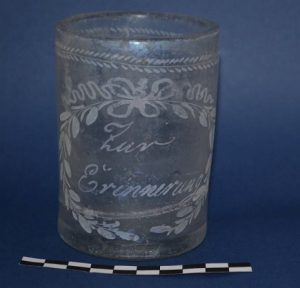
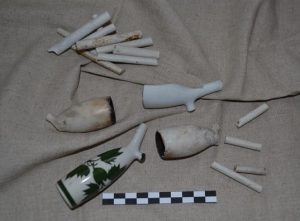
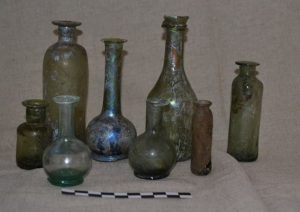
(after Wyborcza)